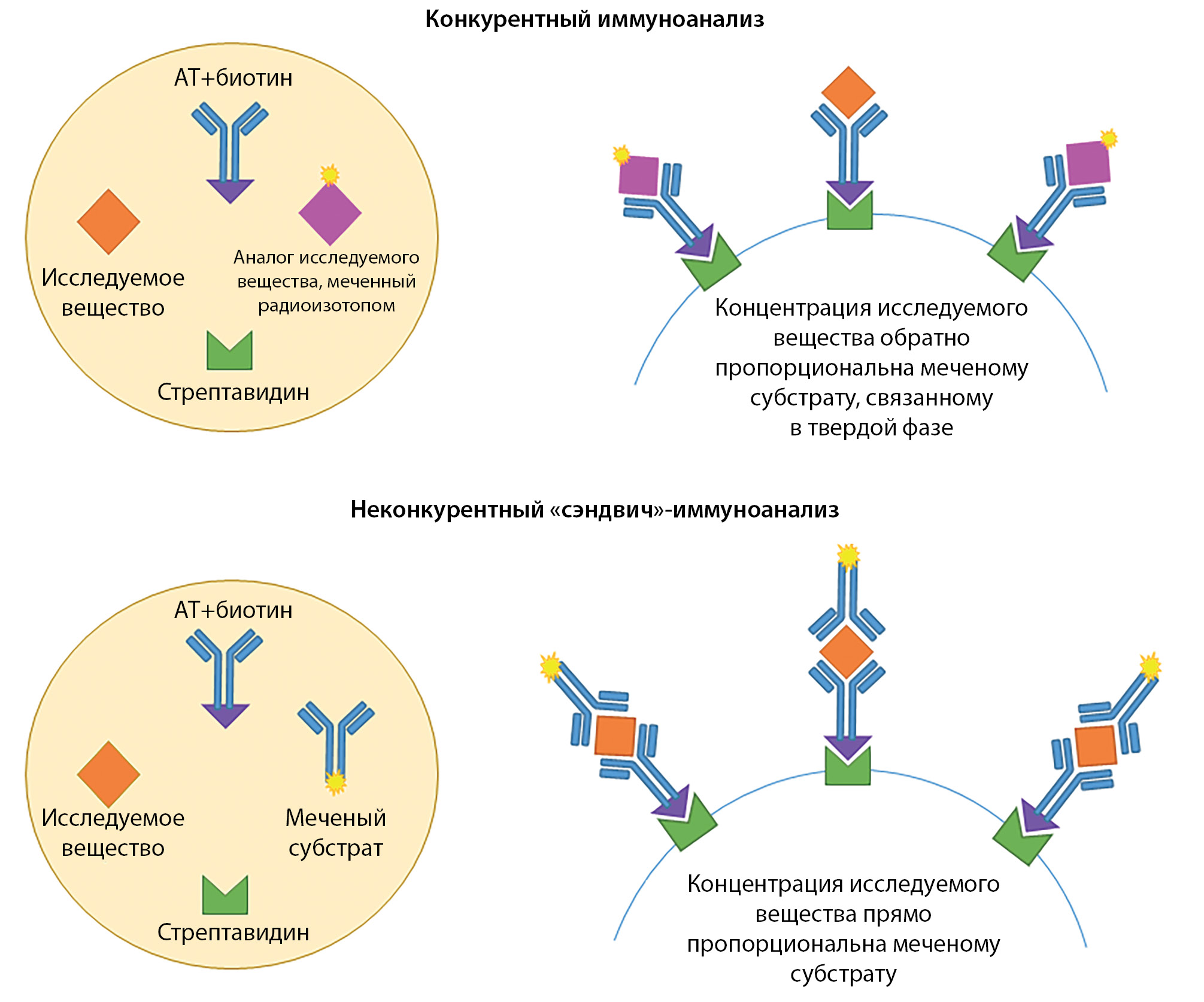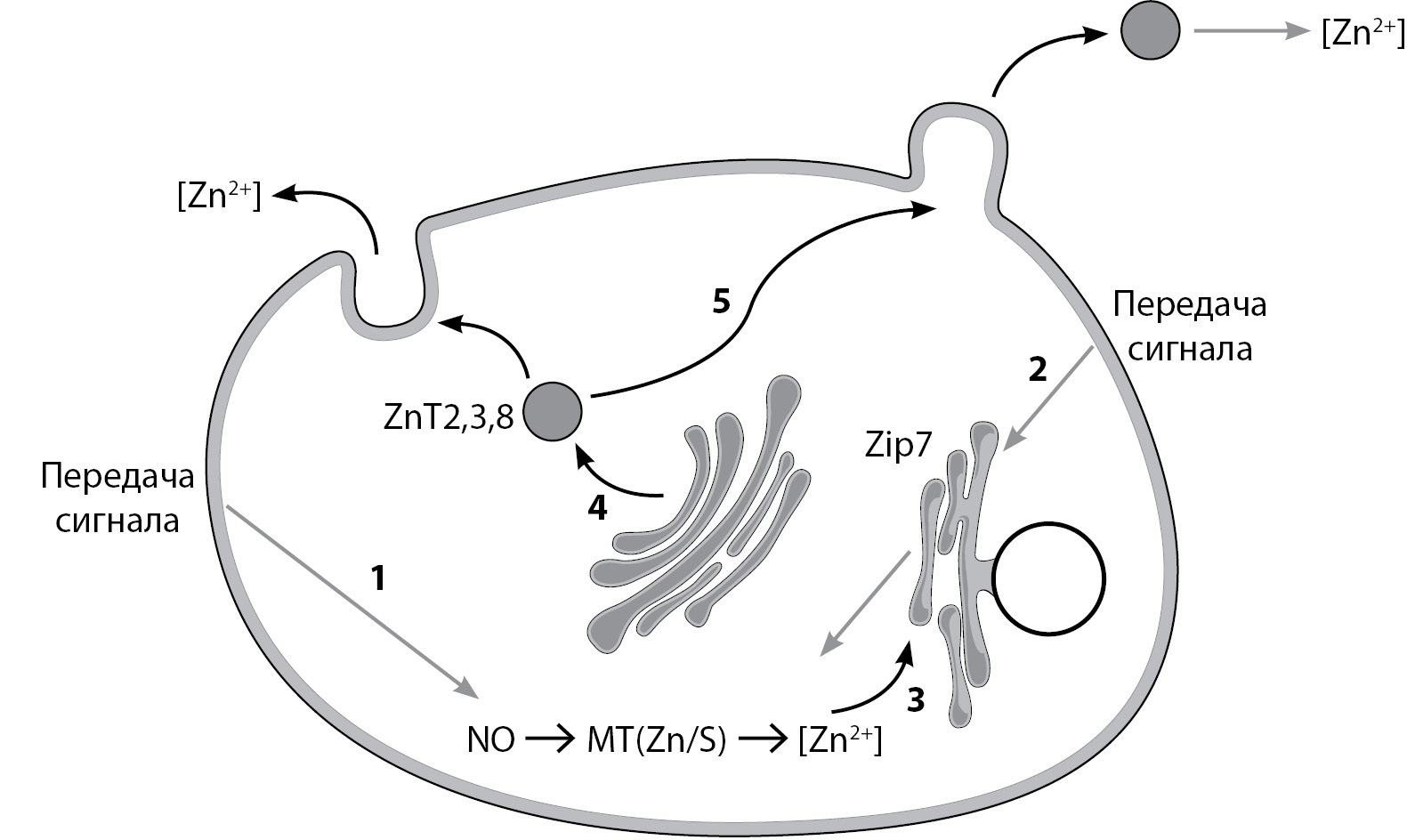Abstract
The year 2020 marks the centenary of the publication of a classic study by American physicians D. Marine and O. Kimball on the effectiveness of endemic goiter prevention in children in Akron, Ohio. Although goiter has been known from immemorial times, there is still a problem with determining the normal size of the thyroid gland, without which the diagnosis of goiter remains extremely subjective. For example, in Sweden over the past 20 years, not a single case of endemic goiter has been registered, which is not surprising: the country eliminated this pathology decades ago, and the median urinary iodine concentration indicates the optimal iodine intake. Cases of sporadic goiter in children in Sweden are also rare — no more than 6–8 per year. But in Belarus, with the same population (about 10 million), about 2900 cases of goiter in children, both endemic and sporadic, are recorded annually despite the fact that, due to the extensive use of iodized salt since the beginning of the 2000s, there is no iodine deficiency. The incidence of goiter in children, however, having decreased many times over the past 20 years, remains 3 times higher than in Russia, where iodine prophylaxis, if carried out on a limited scale. From the experience of Belarus, Sweden and Russia, we see that the main thing when assessing data on the incidence of goiter and other thyroid diseases associated with iodine deficiency should be not absolute numbers, but the trend of these indicators over the past years. This information should be more actively used by endocrinologists in Russia to assess the effectiveness of preventive measures both at the regional and federal levels.












































